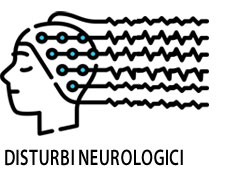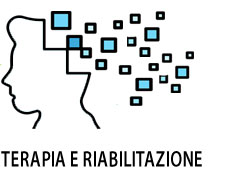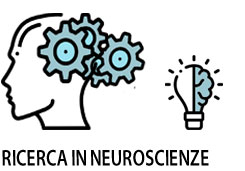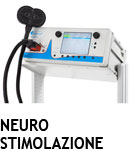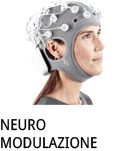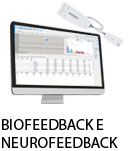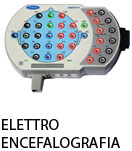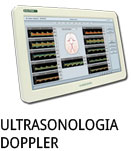- +39 011 5821948
- info@geasoluzioni.it
- Lun - Ven 8:00 - 17:00
Evidence-Based Guidelines and Secondary Meta-Analysis for the Use of Transcranial Direct Current Stimulation in Neurological and Psychiatric Disorders
- Abstract:
- Background: Transcranial direct current stimulation has shown promising clinical results, leading to increased demand for an evidence-based review on its clinical effects. Objective: We convened a team of transcranial direct current stimulation experts to conduct a systematic review of clinical trials with more than 1 session of stimulation testing: pain, Parkinson’s disease motor function and cognition, stroke motor function and language, epilepsy, major depressive disorder, obsessive compulsive disorder, Tourette syndrome, schizophrenia, and drug addiction. Methods: Experts were asked to conduct this systematic review according to the search methodology from PRISMA guidelines. Recommendations on efficacy were categorized into Levels A (definitely effective), B (probably effective), C (possibly effective), or no recommendation. We assessed risk of bias for all included studies to confirm whether results were driven by potentially biased studies. Results: Although most of the clinical trials have been designed as proof-of-concept trials, some of the indications analyzed in this review can be considered as definitely effective (Level A), such as depression, and probably effective (Level B), such as neuropathic pain, fibromyalgia, migraine, post-operative patient-controlled analgesia and pain, Parkinson’s disease (motor and cognition), stroke (motor), epilepsy, schizophrenia, and alcohol addiction. Assessment of bias showed that most of the studies had low risk of biases, and sensitivity analysis for bias did not change these results. Effect sizes vary from 0.01 to 0.70 and were significant in about 8 conditions, with the largest effect size being in postoperative acute pain and smaller in stroke motor recovery (nonsignificant when combined with robotic therapy). Conclusion All recommendations listed here are based on current published PubMed-indexed data. Despite high levels of evidence in some conditions, it must be underscored that effect sizes and duration of effects are often limited; thus, real clinical impact needs to be further determined with different study designs.
- Patologie/Applicazioni:
- Anno:
- 2021
- Tipo di pubblicazione:
- Articolo
- Testata scientifica:
- International Journal of Neuropsychopharmacology
- Nota:
- In questo articolo si effettua una revisione sistematica degli studi clinici nei quali viene utilizzata la tDCS (Stimolazione elettrica a corrente continua) per il trattamento di diverse patologie come depressione, Parkinson, dolore cronico, sindrome di Tourette, linguaggio e funzioni motorie post-ictus, schizofrenia e dipendenze. E' stato chiesto a un team di esperti sulla stimolazione elettrica di classificare tutti gli studi visti secondo le linee guida "PRISMA" sull'efficacia del trattamento (A, B, C, rispettivamente "decisamente efficace", "probabilmente efficace" "possibilmente efficace" o " nessuna raccomandazione"). Si è anche valutato il rischio di Bias. I risultati di questa meta-analisi mostrano come la tDCS sia risultata decisamente efficace nel trattamento , per esempio, della depressione maggiore e probabilmente efficace per il dolore cronico. L'impatto clinico deve essere ulteriormente determinato con altri disegni di studio.
- DOI:
- doi.org/10.1093/ijnp/pyaa051
Hits: 1353
La nostra storia
GEA soluzioni si affaccia nel 2013 al mercato della strumentazione medicale di alto livello tecnologico ma la sua storia parte da più lontano, clicca qui per approfondire.
GEA SOLUZIONI SRL
via Spalato 72/A, Torino
Tel.: 011 5821948 / 011 4463853
Fax: 011 0433281
Email: info @ geasoluzioni.it
P. IVA IT11696920013
REA TO1233648

